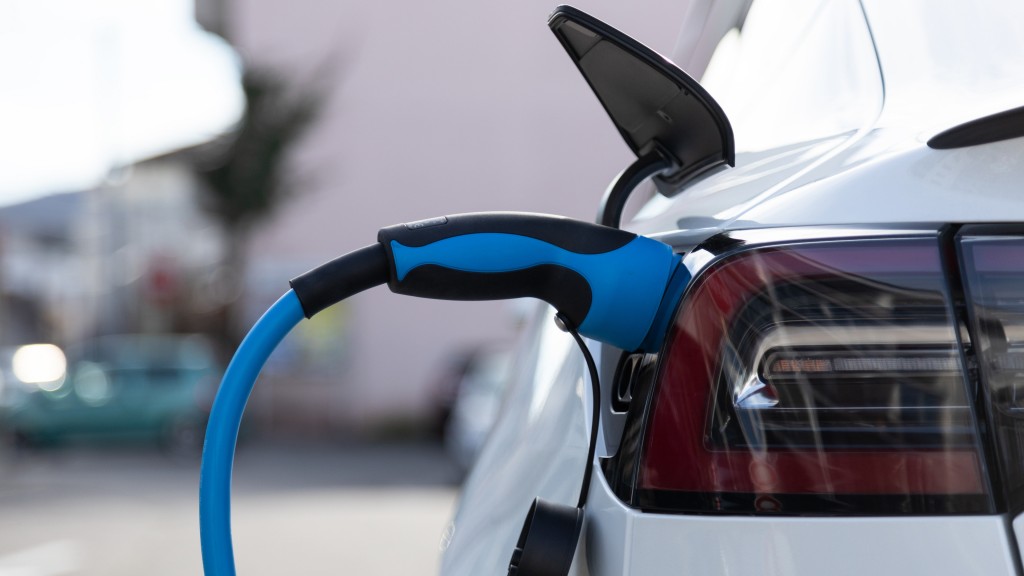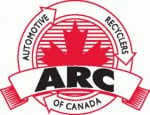How will electric vehicles impact the automotive recycling sector?
The first national effort to understand end-of-life electric vehicles has identified a series of existing gaps

In late 2022, the Automotive Recyclers of Canada (ARC) published a road map for the impact of electric vehicles (EVs) on the auto recycling industry in Canada. The project had a small budget from Natural Resources Canada and was the first national effort to begin to understand end-of-life EVs. The 27-page document, plus the 62-page appendices, identified a series of existing gaps: economics, safety, and information.
Like virtually everything in the rapidly emerging EV field, the report was dated as soon as we pressed send, but it continues to be a road map for auto recyclers, regulators, researchers, and stakeholders to use as a comprehensive review of how EVs will impact the auto recycling sector.
The report starts with a broad definition of auto recycling. There are essentially two types of businesses involved in processing end-of-life vehicles (ELVs): those that focus on parts recovery with materials recovery as secondary, and those that focus almost exclusively on materials recovery. Let's call them dismantlers and scrap processors, respectively.
To make things a bit messier, there are overlaps between those types of businesses - along with customer-buyer relationships - that can change depending on the age of the vehicle in question. A dismantler will surgically dismantle a late-model, total-loss vehicle from an insurance company for its parts, while they may just remove the basic battery, tires, and catalytic converter on an old junker.
The reason this segmentation is important for EVs is that the dismantler sector generally has the time and resources to remove items from a vehicle, and when it comes to the battery in an EV, that part needs to be very carefully removed.
Let's look at each of the gaps identified in the road map in more detail.
Economic gaps
The drivetrain from an internal combustion engine (ICE) vehicle is the number one selling part for virtually all auto recyclers. An EV's drivetrain is significantly different compared to an ICE vehicle – it is smaller and lighter, with dramatically fewer moving parts. Fewer moving parts means fewer breakdowns – good for the consumer, but not good for the auto recycler who needs to sell parts to begin to cover the cost of acquiring, moving, and processing the vehicle.
At this point, we are not getting a lot of part requests for engines and transmissions for EVs. The rest of the vehicle – outside of the battery – is a pretty typical vehicle with plenty of body panels, mirrors, lights, and wheels to reuse.
The most common point of discussion around the end-of-life handling of EVs is the battery. But for an auto recycler, an EV has an entire vehicle wrapped around the battery, and we rarely talk about the battery separate from the vehicle. An end-of-life vehicle does not necessarily have an end-of-life battery. In fact, manufacturers are now building batteries that will outlive the vehicle itself.
The EV battery is still a giant unknown as to whether it has a positive or negative value. That's changing quickly as battery recyclers get more operational and are looking for products to recycle. The battery reuse market (i.e., going back into a vehicle) shows promise, but we are too early in the life cycle of EVs to know how that will play out. The battery repurposing (i.e., use in situations other than motive power and therefore usually secondary energy storage) marketplace is quickly evolving. A white paper by the Automotive Recyclers Association (ARA) and Rejoule Energy titled Why Battery Testing is Critical for the Transition to Electric Vehicles is a significant resource that will help auto recyclers understand the state of health of an EV battery, which will in turn help to determine the best path for its management.
The ARA, along with Argonne Labs in the U.S., has produced another great resource – a battery material use hierarchy. This hierarchy shows the value proposition of EV batteries and how their value retention and recovery should be approached.
EVs have a different material profile than ICE vehicles. They are generally heavier, but much of that weight is the battery itself. That battery requires some substantial structure to the vehicle to keep the battery safe while in operation. Automakers are pressured to lightweight vehicles to meet fuel economy standards – or in the case of EVs, to minimize the weight of the battery to increase the vehicle's range. Making the vehicle lighter, but still safe, often uses more non-ferrous materials, like aluminum, which is very beneficial with yields coming from the shredder.
EVs do contain some very valuable rare earth magnets, and Canadian company Cyclic Materials is leading the effort to recover these critical and precious metals. This is more value to recover if and when we can collectively figure out where they are and how to safely remove them.
Keeping safe around EVs
On the safety side of EVs, there are two key issues: the imminent safety of the employee de-energizing and removing the battery from the EV, and the fire risk associated with lithium-ion batteries (LIBs).
For employee safety, there is a generally good understanding of the risks of working with LIBs. They have enough energy in them to kill. In a study we undertook with our members, one-third of them have chosen not to buy and process EVs, with the main reason being the uncertainty of the safety of their employees. That is changing and improving as better information gets out, but there is still a lot of work to be done. Training to minimize the risks is coming, but there is little consistency in this training and not great availability for working dismantlers and recyclers.
The risk of fires involving EVs is real. But per mile driven, ICE vehicles have a much, much higher probability of a fire. The problem that does exist, though, is that once on fire, an EV is generally catastrophic in nature. Fire departments, first responders, and even tow companies are all grappling with how to deal with these dangerous fires.
Lithium-ion battery fires at waste facilities and shredders are also a significant concern, but as of yet, we are not aware of any fires related to LIBs from EVs at an auto recycler, dismantler, shredder, or waste facility. The LIB fires that do occur are thought to be caused by small rechargeable batteries, or small motive batteries from scooters and e-bikes, not EVs.
In our discussions with auto shredders, they are just beginning to update their supply policies to require the removal of all batteries from processed hulks before they arrive on-site. That is an easy win to ensure the supply chain is involved and proactive. Monitoring and enforcement are required, though, as no one wants an EV LIB to go through a shredder.
Knowledge is key
The economic and safety issues discussed above all have a common problem for the proper management of end-of-life EVs: information.
Knowing the chemistry of a battery is important. Knowing the state of health of a battery is important – kilometres driven can be a weak indicator of the real health of a battery. Knowing where and how to de-energize an EV is critical. Knowing how to store, ship, and document the battery is important, but virtually unknown in our sector. One great tool that has emerged is EV Rescue, a free app for your mobile phone that provides current information directly relevant to first responders and auto dismantlers.
A circular economy for electric vehicles
Electric vehicles are here to stay. There are enough on the road now that they will be significant at end of life, and all the growth curves are bending upward. But we are not at scale yet, both in terms of the number of EVs reaching end of life, but also with the information, systems, processing capacity, and market development for parts and materials, which are the basic economics of ELV processing that make the automobile one of the most circular products in the economy.
There are people outside the industry seeking to place EV batteries under an Extended Producer Responsibility framework, but the auto manufacturers that design and build them should be responsible for them at end of life. ARC opposes this mindset. EPR can be an effective policy tool when applied to waste, but EV batteries are not waste. Intervening in a rapidly developing marketplace is not only disruptive, it will inhibit innovation and the commercial development of functioning markets. That's what a successful circular economy in EVs and their batteries will look like.
We are on the road to EVs becoming commonplace. There have been, and there will continue to be, many bumps along the way. However, the challenges and opportunities that exist at the end of life of a vehicle are not insurmountable, and there have been plenty of advancements. Optimism mixed with realism permeates the auto recycling world.
Steve Fletcher is the managing director of the Automotive Recyclers of Canada (ARC) association.



